Climate science
-
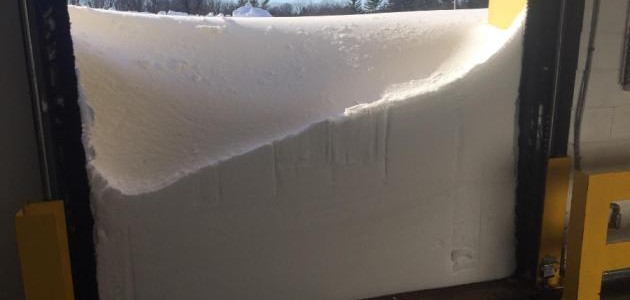
How do you know if a state has set a new record for temperature, precipitation or snowfall? It’s not an easy process! You have to look at the historical data, assess its accuracy, determine what other events compare to it, and decide if the potential new record meets all the qualifications needed to represent an…
-
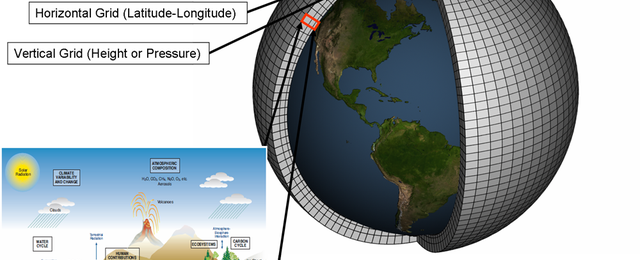
There has been quite a bit of kerfluffle in the news lately about climate scientists rushing to archive climate data and worries that research on climate science will be significantly cut back once President Trump takes office. Cliff Mass of the University of Washington has a thoughtful and detailed discussion of why it is important…
Posted in: Climate science -
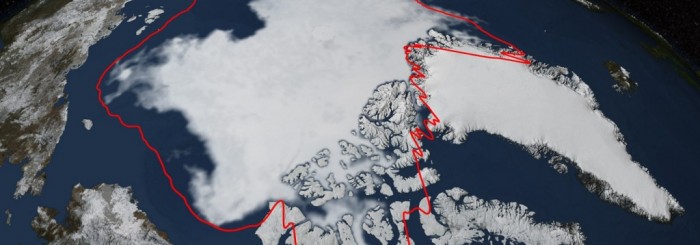
While many younger folks are thinking about the North Pole this week in a non-scientific way, Dr. Marshall Shepherd of UGA takes an analytical approach to the topic, discussing why the North Pole is cold in his latest Forbes blog post here. The article also looks at differences between the North and South Pole and…
-

If you get questions about how we know that the earth is warming but the people who ask don’t want to hear about computer models or climate data, you might be interested in this recent blog post from Skeptoid. The audio track and transcript explain the basic physics behind the calculations of temperature on a planet…
Posted in: Climate science -
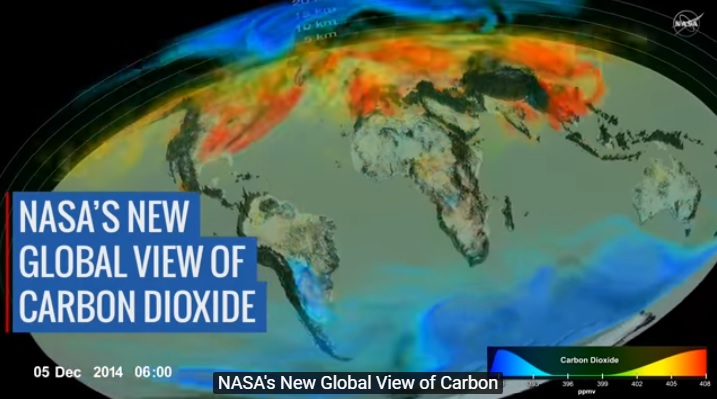
This week NASA announced that it has produced a new visualization of how carbon dioxide moves around the globe. It shows how CO2 moves around the earth and between the northern and southern hemispheres. You can really see the difference in the two hemispheres in terms of land area and plant life. You can read…
-

There are a number of concepts in weather and climate that are confusing to the public and even sometimes to scientists in different specialties. Terms like the “polar vortex” are often misused by the media as well, increasing the confusion. Dr. Marshall Shepherd of UGA has written a post for Forbes.com to explain some of…
Posted in: Climate science -
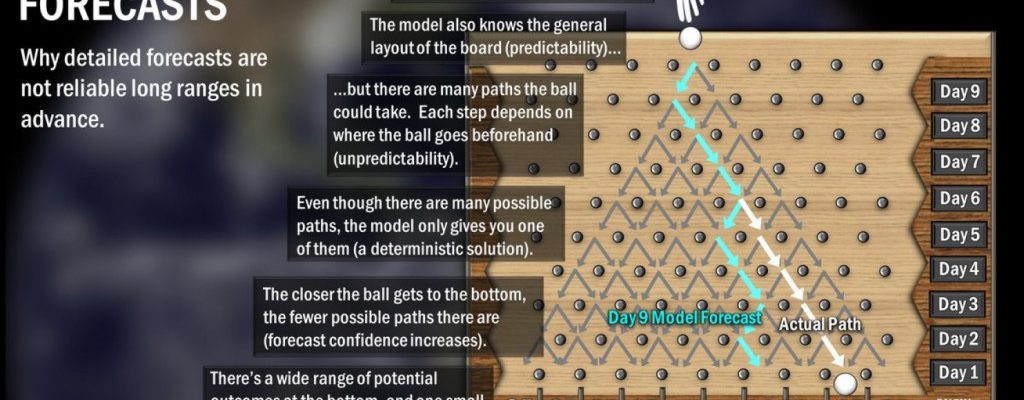
This time of year I start to get questions about what the weather will be like around Christmas because people are traveling to see friends and family or just want to know what conditions will be like where they live. Well, Christmas is still 13 days away, and the weather models just can’t forecast accurately…